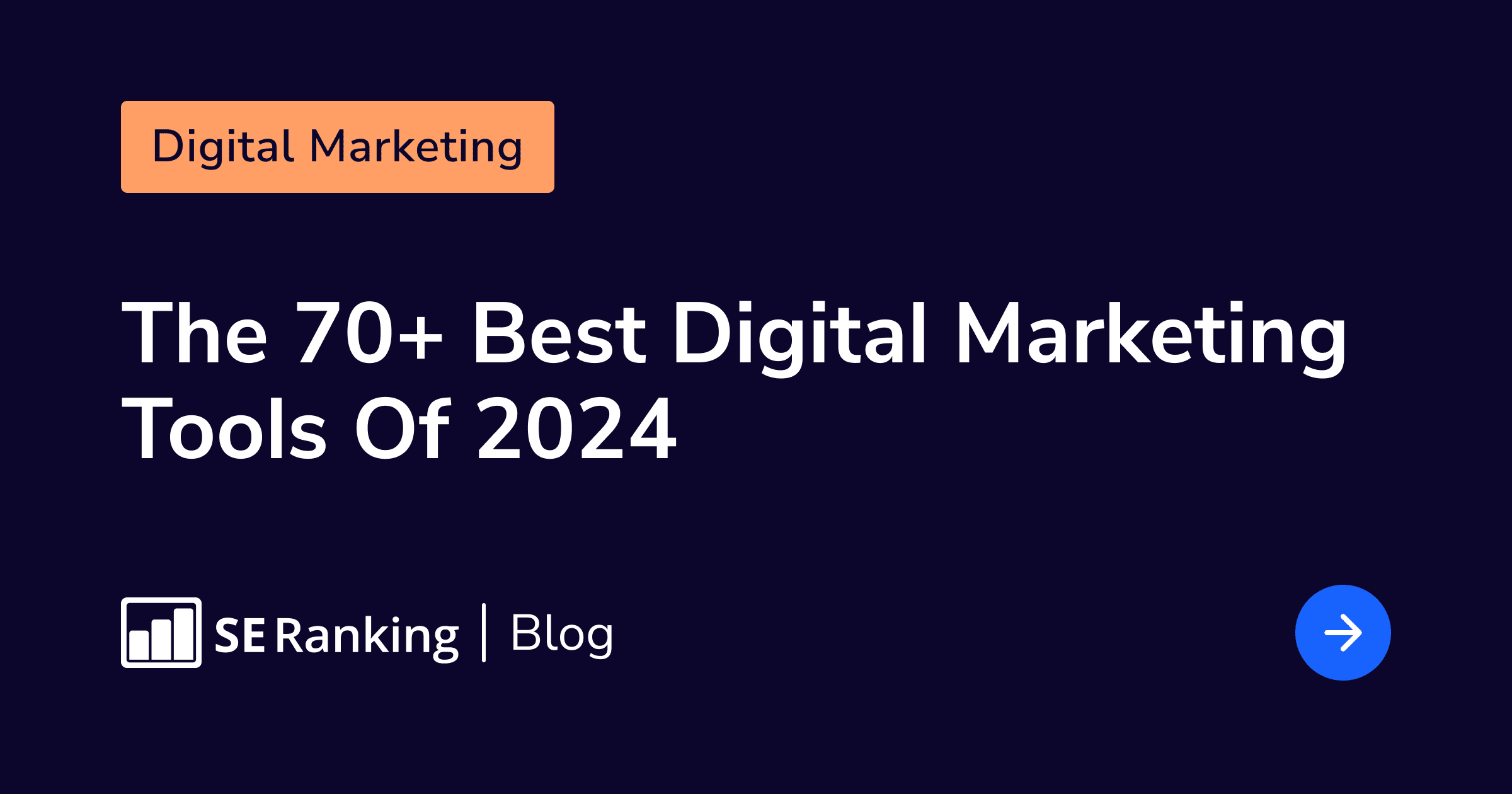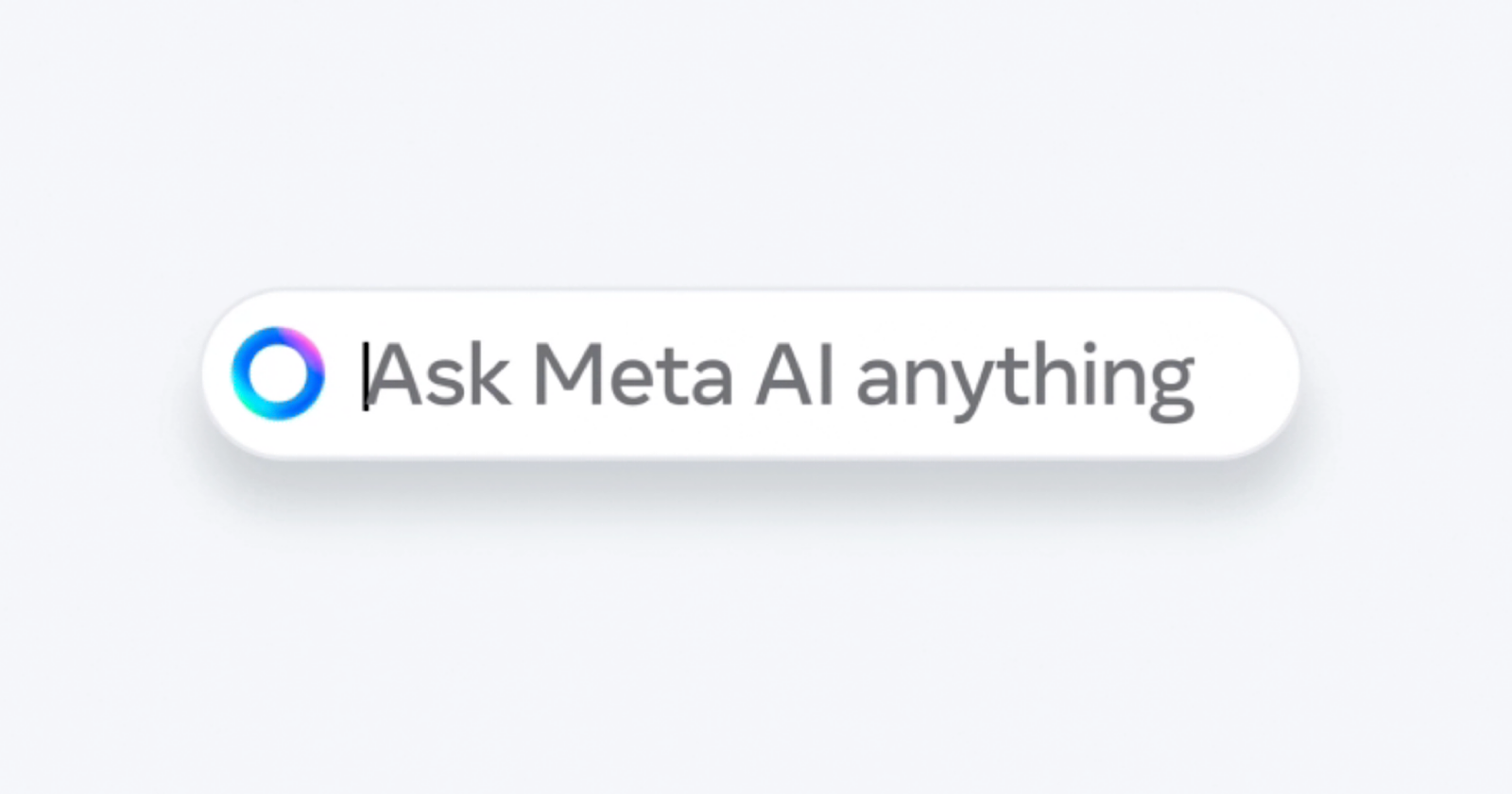

Google tests hundreds of thousands of potential search improvements each year. The most successful of those are introduced to the live web via its algorithm and systems updates. The search giant is notoriously secretive about most of these updates, revealing only what it believes marketers need to know. Each serves to assist Google in its never-ending quest to improve the quality of its results.
Google shares some major updates in advance to give marketers and developers time to implement the changes needed to avoid massive disruption to the business. But until 2020, most Google updates went unconfirmed – and many still do today.
You may now know when core algorithm updates are about to take place. Still, looking back at impactful updates from years past can help us understand Google’s overall approach. It can also help us identify common themes and how it has shaped the experiences people are having in search today. These are the top updates every marketer needs to know.
Link spam updates
Google’s most recent Link Spam update rolled out in December 2022 and was confirmed by Google. This was the second link spam update since Google began announcing updates via its list of Google Search ranking updates Google Search Central.
As with other semi-regular updates, Google is not specific about the changes but directs users to a general overview of what this type of update is designed to do.
In the case of links, avoiding spam tactics is particularly important as Google notes, “…when our systems remove the effects spammy links may have, any ranking benefit the links may have previously generated for your site is lost. Any potential ranking benefits generated by those links cannot be regained.”
Helpful content system
Google’s Helpful Content System (initially called the Helpful Content Update) strives to prioritize websites with more useful, high-quality content while suppressing those with out-of-****, thin, or machine-generated content.
This is an important one for brands to note as it introduced a site-wide signal that considers the quality of your entire body of content, not just a single page. If your company has been blogging and creating a lot of content over the years, it’s likely time to perform a content audit to identify low-quality content and look for opportunities to refresh, improve, and consolidate content as necessary.
Core algorithm updates
The last core update was rolled out in September 2022 and was completed by the 26th of the month. Google defines core updates as “significant, broad changes to our search algorithms and systems” and notes that they happen several times each year.”
Core updates do not target a specific tactic or type of site; rather, they include fundamental changes and improvements to how Google’s systems assess content overall. Their purpose is to improve the user experience and reward business owners who provide optimal experiences.
Product reviews updates
Brands that have published product reviews on their websites (including consumer-generated content submitted by customers) need to be aware of Google’s product reviews updates.
So far, there have been five updates in this series between April 8, 2021, and September 20, 2022. This series of updates aim to surface higher quality, more in-depth reviews that reflect real experiences people are having with your products.

Example Google product review
If reputation management isn’t a core component of your SEO strategy, it’s time to reprioritize your marketing efforts.
Recommended reading: 4 Industries Where Reviews Have the Biggest Impact
Page Experience updates
As its name suggests, Google’s Page Experience updates focus on improving the experience searchers have on each webpage. They achieve this by incentivizing fast load speeds, safe browsing, HTTPS security, mobile friendliness, and an experience free of intrusive interstitial ads.
Google measures Page Experience using a series of metrics called Core Web Vitals. It’s important to note, as Google’s John Mueller explains in the video below, that CWVs are unlikely to cause large fluctuations or drops in traffic. Rather, they can act as a boost to push your page beyond a competitor when all other things are considered equal.

To measure your page experience, you can leverage Google Search Console, a free tool for marketers that offers a wealth of useful insights.
Get The Ultimate Guide to Google Page Experience for Enterprise Brands to learn more.
BERT
In 2019, Bidirectional Encoder Representations from Transformers, or BERT, introduced a machine learning model that utilized natural language processing (NLP) to help Google better understand and contextualize information. This enabled the search engine to return more relevant, human-like answers to even complex queries.
For enterprise local brands, this meant searchers could better find answers to their questions about local businesses, as Google could understand the intent behind the sequence of words.
The Mobile-Friendly Update
“Mobilegeddon,” as it was known in SEO circles, was rolled out in 2015 as a major marker in the shift from desktop to mobile web experiences. This was massively impactful for multi-location brands, who faced an army of local consumers using their mobile devices in ever-increasing numbers to find information about products and services nearby.
With this update, Google boosted the ranking of mobile-friendly pages in mobile search results, a clear sign to marketers that if they didn’t have a mobile strategy then, it was time to get moving.
Recommended reading: Continuous Scrolling on Google Mobile: What Does it Mean?
RankBrain
RankBrain marked the introduction of machine learning in organic search and enabled Google to better understand the likely intent behind a search query.
Pigeon
This update was named by Search Engine Land after it rolled out to shake up local search rankings sometime around July 24, 2014. The Pigeon update aimed to improve distance and proximity rankings factors, to give searchers more relevant local results. It leveled the playing field somewhat between small, independently owned local businesses and big brands.
Many SEO professionals believe that Pigeon was a series of updates that continued for quite some time, although Google has not confirmed.
Hummingbird
In August 2013, Google rolled out Hummingbird (although it wouldn’t be announced until the following month). This marked a major change described by some Googlers as “a total rewrite of the core algorithm,” according to Search Engine Journal’s Roger Montti. Hummingbird made Google’s core algorithm faster and more precise by evolving beyond keyword matches to surfacing content more relevant to the overall topic of the page.
Shortly after it came out, Matt Cutts revealed that Hummingbird impacted 90% of all Google search queries at the time.
Penguin Update
Launched in 2012, the Penguin update was a direct offense against manipulative link-building practices such as private blog networks (PBNs), link wheels, link exchanges, and other attempts to fool the algorithm with links.
First called the “webspam algorithm update,” this became Penguin when Google’s Matt Cutts tweeted, “Minor weather report: We pushed 1st Penguin algo data refresh an hour ago.”
Minor weather report: We pushed 1st Penguin algo data refresh an hour ago. Affects <0.1% of English searches. Context: http://t.co/ztJiMGMi
— Matt Cutts (@mattcutts) May 26, 2012
Recommended reading: Local Link Building 101: Best Practices and Strategies
Google Panda
Rolled out in February 2011, Panda targeted low-quality websites in a big way – particularly content farms and others cranking out large volumes of thin content. The Panda update rewarded page relevance and content quality and made the competitive landscape much more difficult for local businesses.
This emphasis on content quality persists even today and can be expected to continue as long as Google aims to bring the best answers to searchers.
Caffeine
Launched in 2009, Caffeine was different before it even rolled out as Google gave developers and webmasters several months’ warning.
Caffeine introduced a new web indexing system that enabled Google to crawl and index content far more efficiently. Google itself estimated that this update allowed it to produce 50% fresher results.
Universal Search
Do you remember when Google’s SERPs began to evolve from ten blue links? It was all the way back in 2007 when the Universal Search update was released.
This marked the introduction of multimedia including photos, videos, news, images, and maps in search results, making for a far richer experience for searchers. Of course, this gave brands exciting new opportunities to appear in search results with relevant creative.
Jagger
The Jagger update, named by SEO veteran Brett Tabke from Webmaster World, began rolling out as a series of backlink updates in September 2005.
Businesses that had been dabbling in blackhat link tactics felt the sharp sting of Jagger, as did those with duplicate content issues across multiple domains.
Florida
Florida is infamous in SEO circles for the uproar it caused when it launched unexpectedly in November 2003. Because it happened right before the holiday shopping season, the impact was impactful and hit some small retailers particularly badly.
The fallout was such that Google promised not to roll an update out ahead of the holidays again.
Fritz
In July 2003, Google changed how it handled page indexing, shifting away from one large monthly update to daily indexing.
Before Fritz, those monthly updates were known as the “Google Dance,” as sites would see their rankings fluctuate wildly as they jockeyed for position during the week or so it took for the update to shake out.
Learn more:



